 Abraham Lincoln
If given the truth, the people can be depended upon to meet any national crisis...
Abraham Lincoln
If given the truth, the people can be depended upon to meet any national crisis...
 Guildford news...
for Guildford people, brought to you by Guildford reporters - Guildford's own news service
Guildford news...
for Guildford people, brought to you by Guildford reporters - Guildford's own news service
Birdwatcher’s Diary No.143
Published on: 27 Aug, 2017
Updated on: 27 Aug, 2017
By Malcolm Fincham
Forty-five not out! Playing a ”straight bat”, yet not expecting to add any more to the total of my year list of butterflies.
On August 8 at Bookham Common I finally caught up with and managed to get a few reasonable pictures of a brown hairstreak.
Even more delightful it was a female! The female is particularly beautiful, with fore-wings that contain large orange patches. It was once considered to be a separate species known as the golden hairstreak.
Having only seen and photographed the male of, what is, one of UK’s most elusive butterfly species a few years ago, this was a real treat, since it spends much of its time resting and basking high up in tall shrubs and high in the canopy of trees, or hiding in hedgerows.
It is worth looking up at prominent ash trees along woodland edges at this time of the year to see if small clusters of adults may be flitting around.
The brown hairsteak is the largest hairstreak found in the British Isles. It is a localised species that lives in self-contained colonies that breed in the same area year after year.
By good fortune we also stumbled upon a purple hairstreak near by. Typically, it was sitting on an oak-leaf, of its favoured tree, feeding on the honeydew. This was also a good find, although I had had a few distant views already this year. Looking a little tatty around its edges and not being obliging enough to open its wings, the pictures of this one are the best I have got so far.
Adding to my photographs of butterflies also sighted there were holly blues.
And even a silver-washed fritillary that had continued to survive the previous day’s rainfall.
There were a variety birds, discreetly flitted throughout the hedgerows. Most were too difficult to ”nail” with with my camera, although eventually a few chiffchaffs were kind enough to oblige.
Overhead a sparrowhawk circled briefly.
While a noisy young common buzzard passed through just over the canopy of trees around us.
A visit to Thursley Common is always a treat, especially at this time of the year when the heather is in full bloom. If it’s only to take in the scenery and fresh air, so any new discoveries are a bonus.
My first finds there, early in the afternoon on August 14, were grayling butterflies.
Although I had seen a few there on my previous visit, just a few weeks before, they were now more abundant, counting at least 15 without trying, getting a few photos along the way.
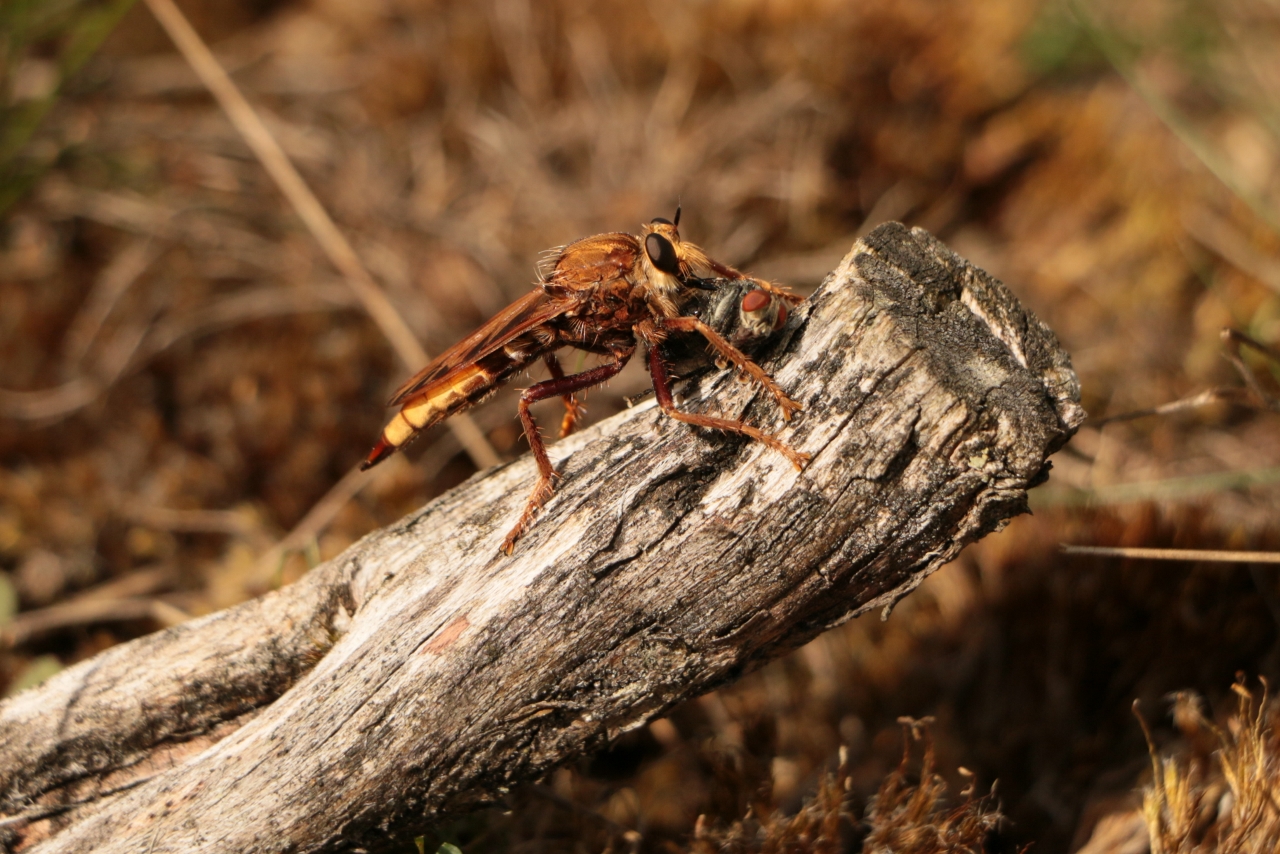
Hornet robberfly (Asilus crabroniformis). Large ambush predator and a good find. It its eggs in herbivore dung.
While in the process, a large insect flew past settling on a bare stump of wood. On close inspection I realised it to be a hornet robberfly.
Although there were spells of glorious sunshine, it was uncannily bereft of bird sound there.
So quiet it was, I was beginning to have concerns about a humming sound I was continuously hearing and began to fear that I was developing some form of tinnitus. Only to be alleviated as I realised it was actually coming from the myriad of bees feeding on the of purple heather blossom that carpeted the landscape.
Getting my eyes and binoculars into focus around the heather-clad area surrounding me, I caught sight of an adult male common redstart.
Close examination across the purple blossom also revealed a few of this year’s youngsters, spread out, low in the heather.
The occasional Dartford warbler would briefly pop out from “cover”.
While, as always, the stonechats there tended to be bolder.
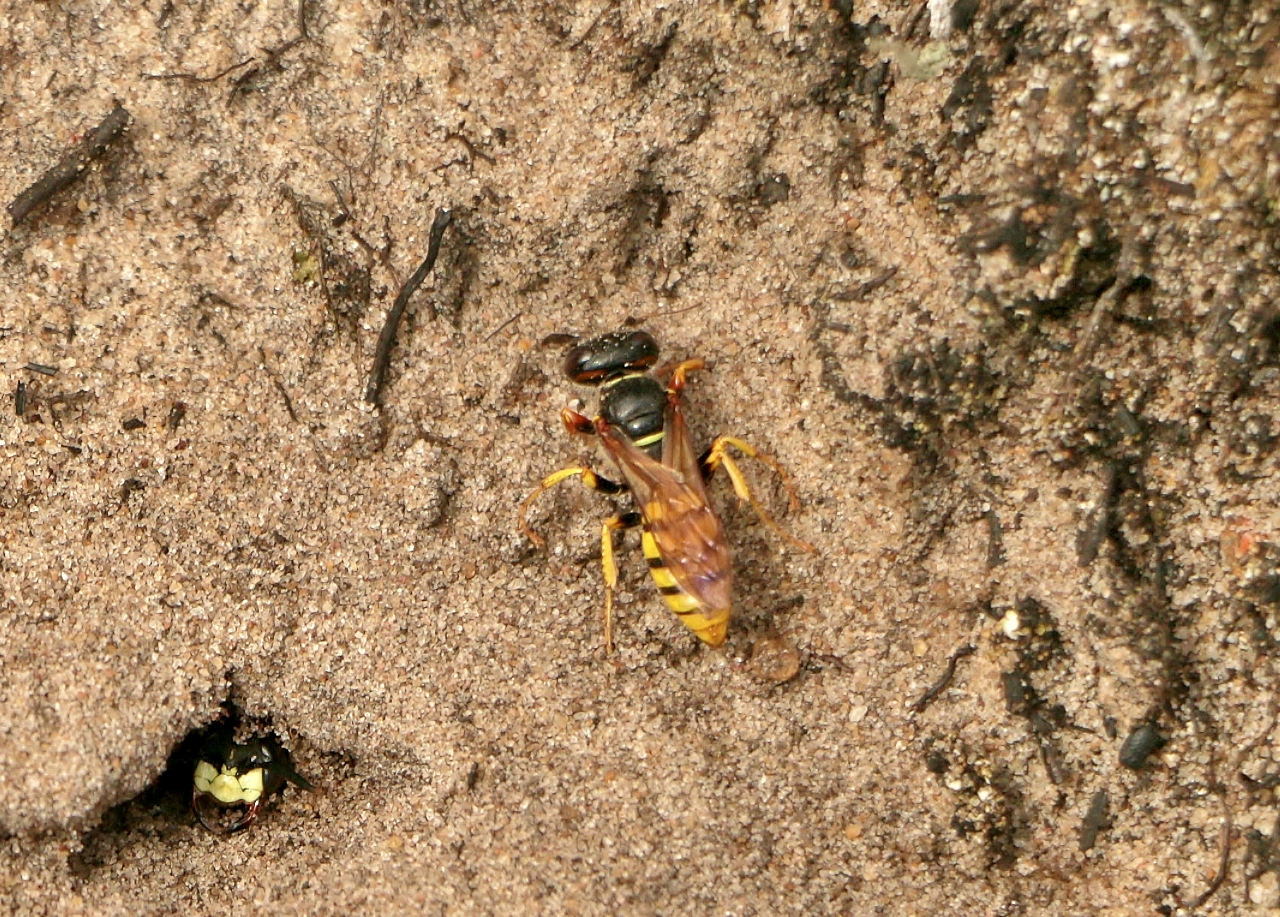
Bee-wolf wasp (Philanthis triangulum) – a honeybee predator that used to be rare but has increased dramatically.
Along the sandy tracks spectacular species of solitary wasps showed themselves.
Burrowing into the loose soil places, sometimes in large “wasp cities” and preying on honeybees. The wasp was once considered an extreme rarity but has undergone a huge increase.
Having missed out on seeing any whinchats passing through earlier in the year, I was finally able to add one to my year list as it perched near to a stonechat in an area where cattle grazed.
At the Moat pond water lilies were now in flower.
I was fortunate to catch some interesting sightings around the Surrey countryside in the days surrounding the middle of the month.
Among dragonflies I photographed was a common darter.
A visit to Papercourt Lock and its meadows near Send on a pleasant morning on August 19 included sightings of a family of common whitethoats.
Families of goldfinches grouped together with adults taking their young down to a small steam, teaching them the rudiments of washing.
A surprise sighting, for me there was a spotted flycatcher, flitting back and forth, feeding on flying insects.

I am 99% sure this is a pied hover fly (Volucella pellucens. The white area looks translucent with sunlight above it as it hovers.
Hover flies had become noticeably a more common sighting for me this year. Grateful of some help in identification (thanks Harry), I discovered this one to be a pied hoverfly (Volucella pellucens).
On wires in the villages surrounding Guildford, groups of swallows, both young and adult, could be seen.
Adult swallows often taking flight, leaving their young behind, only to return with a feast of flies to feed their fledglings.
On Stoke Lake, an adult great-crested grebe could be viewed with two juveniles close by.
Preening themselves and stretching their wings as they traversed the lake.
Around the lake, long-tailed tits had already started to gather into small flocks, often joined by other members of the tit family, with an occasional chiffchaff joining the gathering.
A notable sign of summer coming to a close were the variety of mushrooms and fungi now beginning to appear.
These included parasol ones.
As well as many others of various shapes and sizes I was unable to identify.
Probably my most unusual sighting during the past few weeks was when I heard a rustling in a tree close by me while out on one of my many walks. Expecting it to be a grey squirrel. Often locally ”tagged” with the name of ”tree rat” I was most surprised to find it was actually a real one.
[Editor: Malcolm Fincham is now tweeting his wildlife pictures on Twitter. To follow him click here, or go to @malcomsdiary.]

See Dragon story: GBC’s Explanation of Major Land Sale Notice Error ‘Borders on Arrogant’ Says Councillor







Recent Articles
- Great Post Office Scandal Reporter Coming to Guildford
- Woking Wipeout for Conservative Councillors
- City and Manager ‘Part Company’ After Slide in Results
- PCC Election Result – Conservative Lisa Townsend Retains Commissioner Role
- Letter: It’s a Sad State of Affairs
- Times Rankings Showing GBC To Be Worst Council in Surrey Dismissed by Lib Dems
- Birdwatcher’s Diary No.303
- Letter: What a Scoop!
- Filmfest – a Festival of German Films
- Letter: Help Abroad Should Not Be to the Detriment of Those Here


Search in Site
Media Gallery
Dragon Interview: Local Artist Leaves Her Mark At One of England’s Most Historic Buildings
January 21, 2023 / No Comment / Read MoreDragon Interview: Lib Dem Planning Chair: ‘Current Policy Doesn’t Work for Local People’
January 19, 2023 / No Comment / Read MoreA3 Tunnel in Guildford ‘Necessary’ for New Homes, Says Guildford’s MP
January 10, 2023 / No Comment / Read More‘Madness’ for London Road Scheme to Go Ahead Against ‘Huge Opposition’, Says SCC Leader
January 6, 2023 / No Comment / Read MoreCouncillor’s Son Starts Campaign for More Consultation on North Street Plan
December 30, 2022 / No Comment / Read MoreCounty Council Climbs Down Over London Road Works – Further ‘Engagement’ Period Announced
December 14, 2022 / No Comment / Read MoreDragon Interview: GBC Reaction to the Government’s Expected Decision to Relax Housing Targets
December 7, 2022 / No Comment / Read MoreHow Can Our Town Centre Businesses Recover? Watch the Shop Front Debate
May 18, 2020 / No Comment / Read More



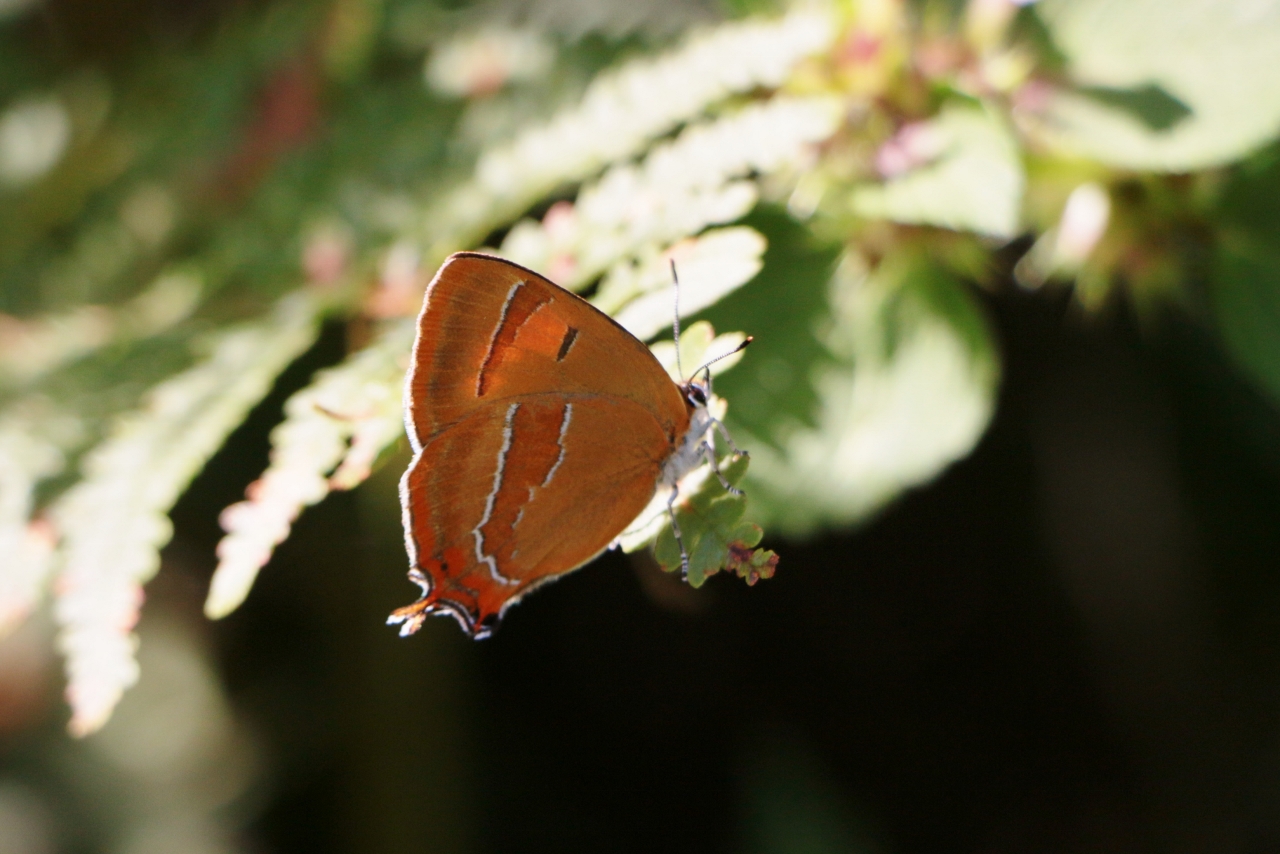
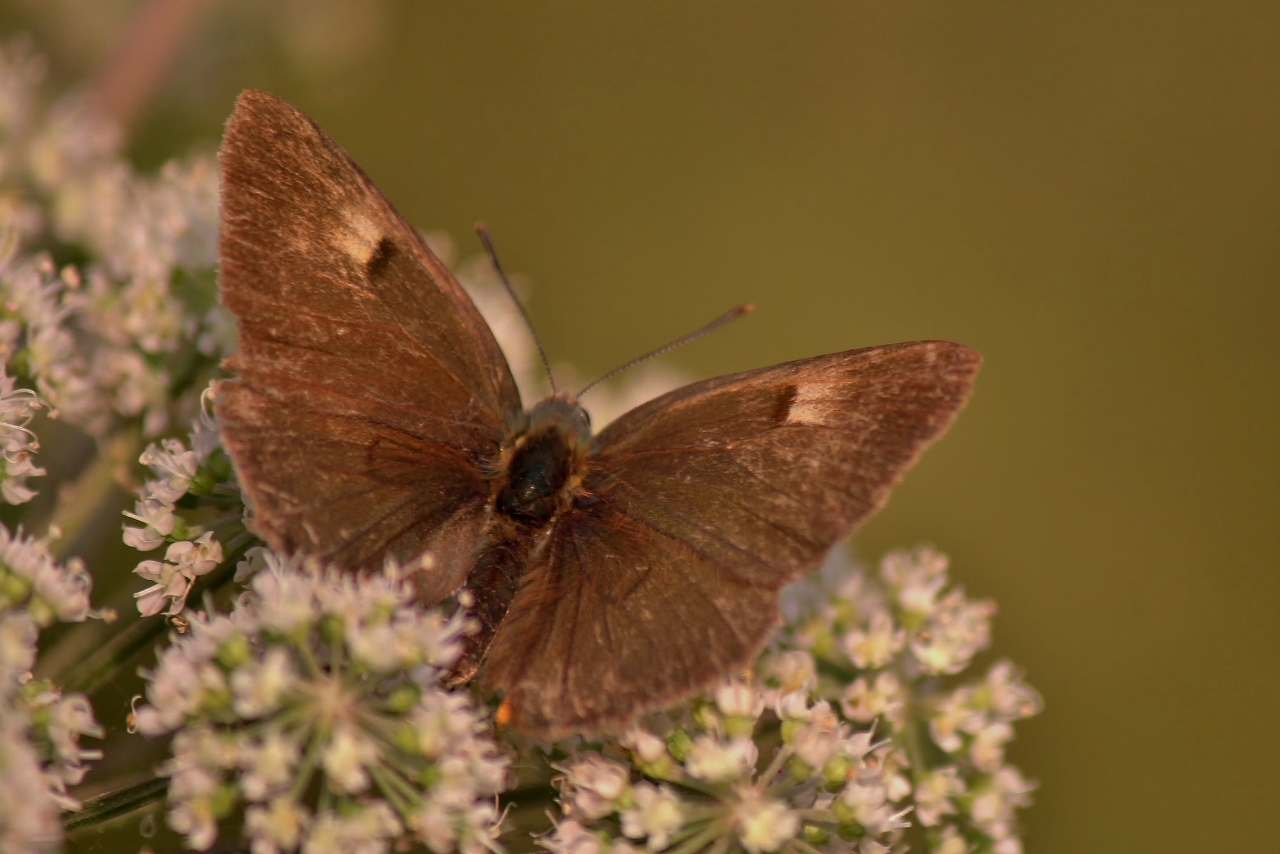
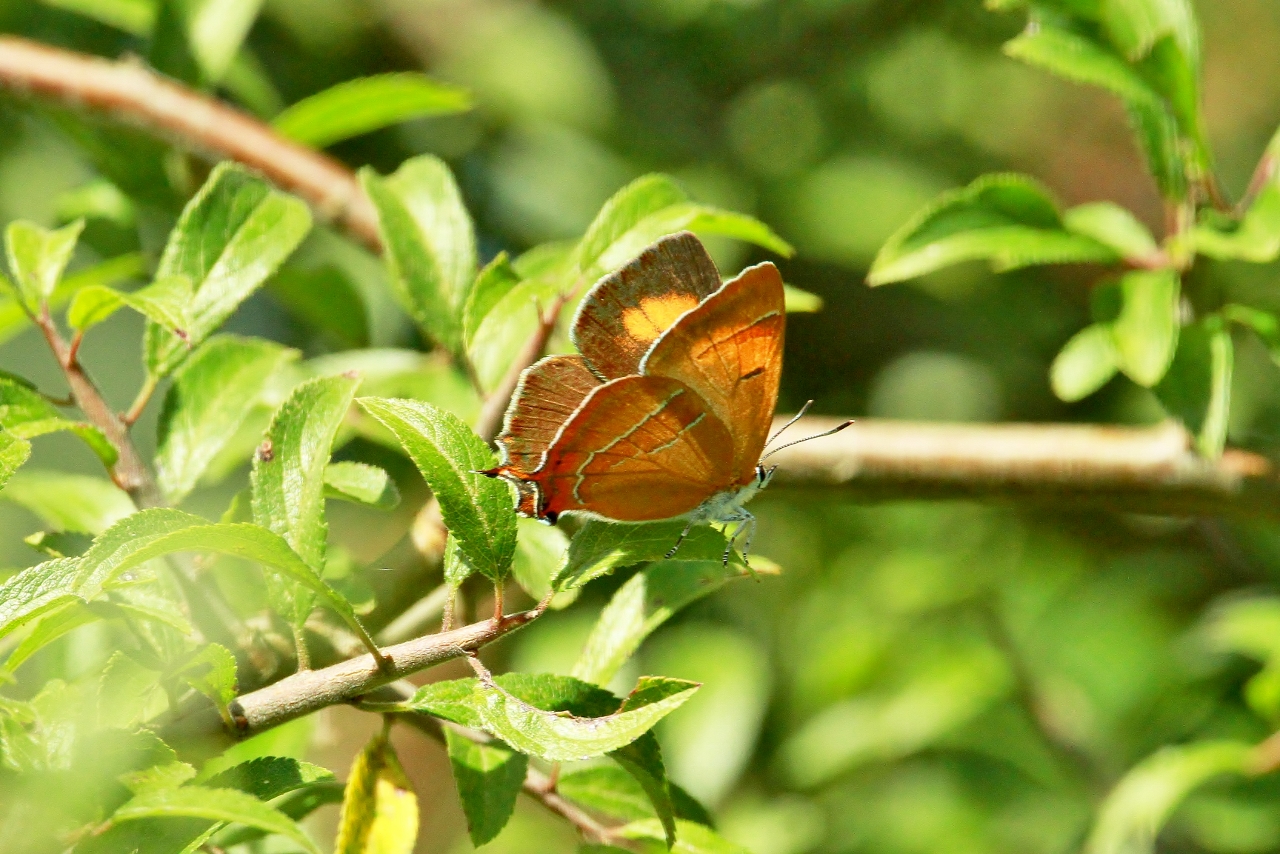
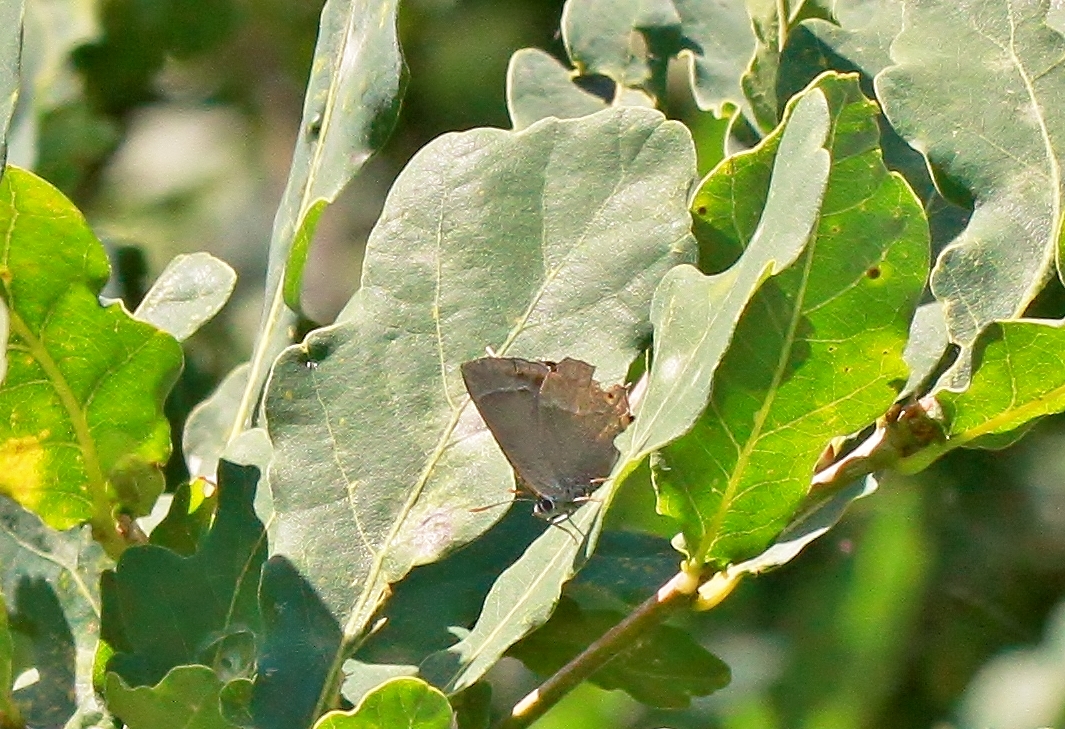

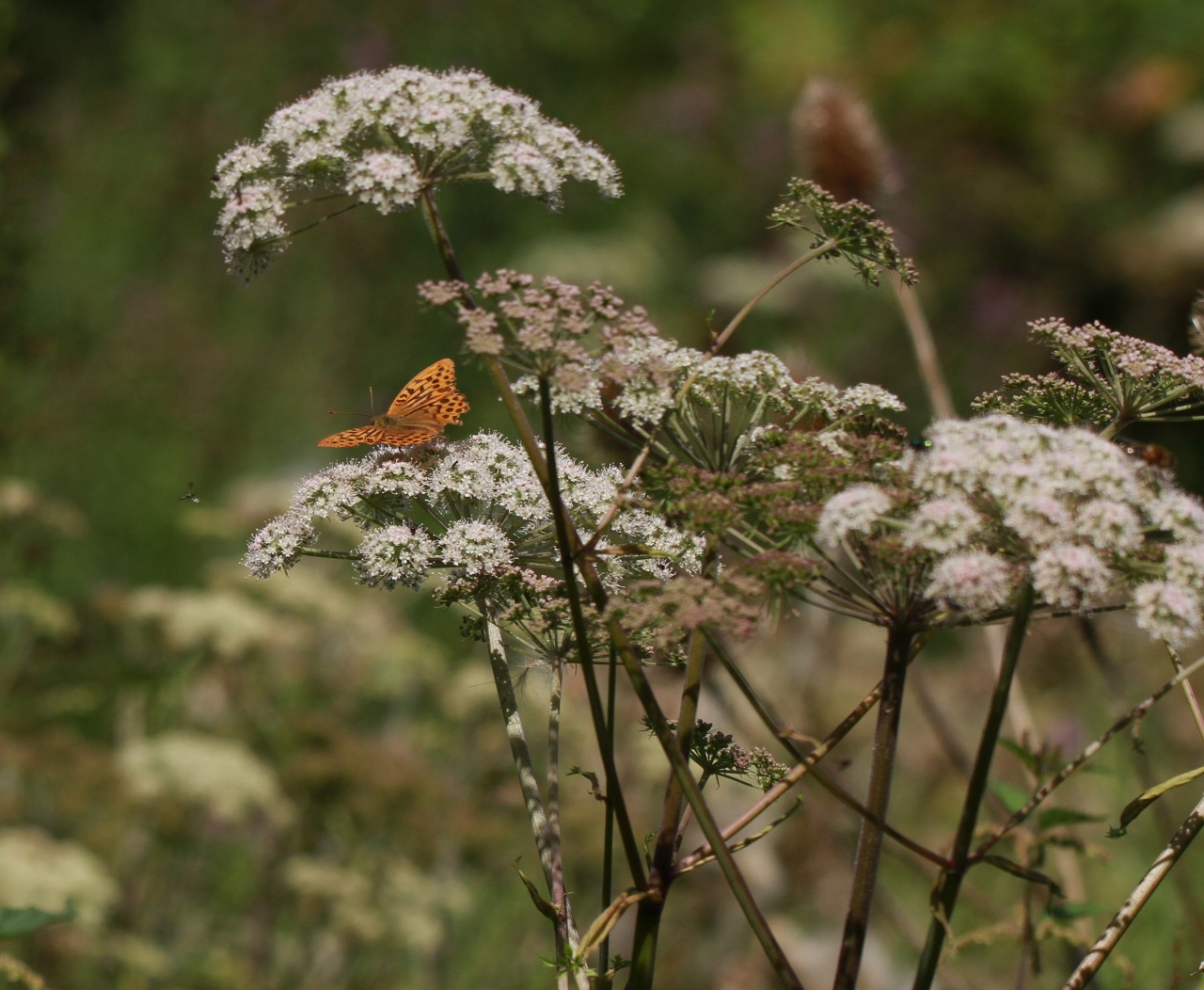

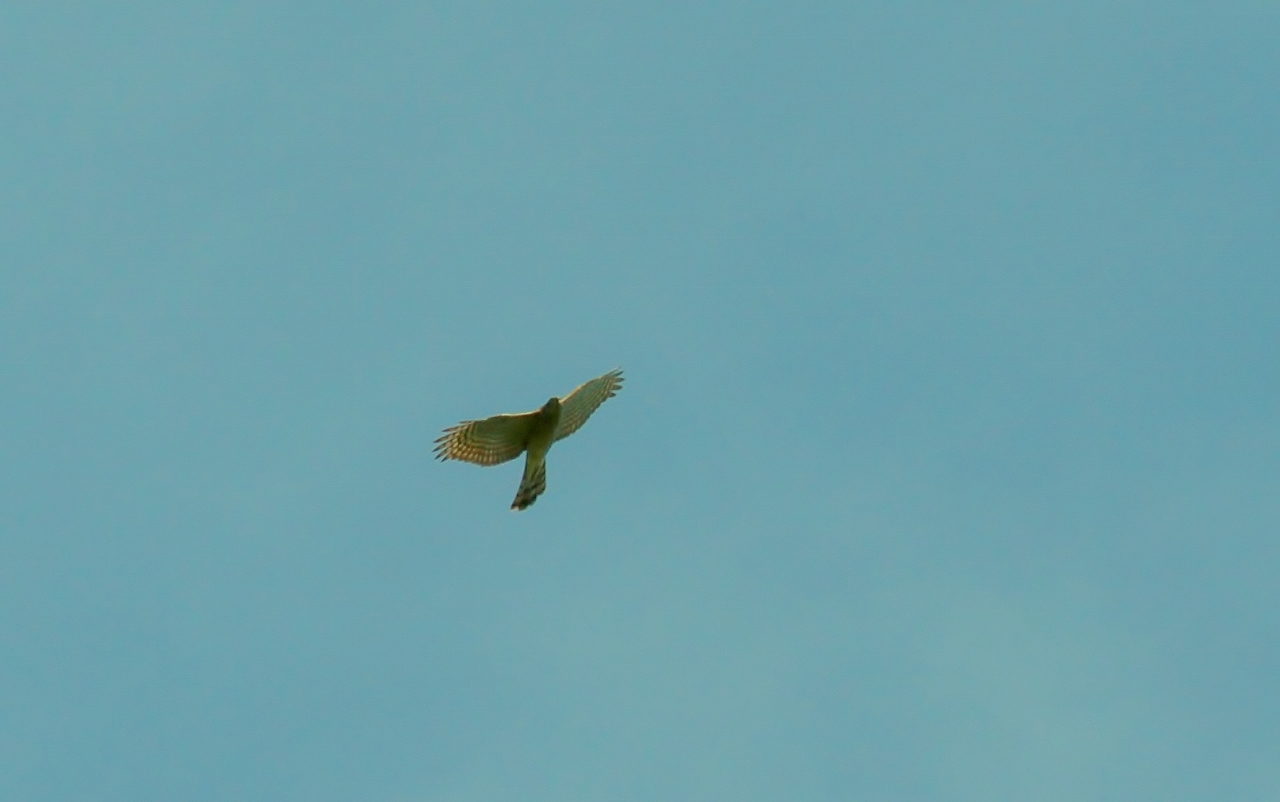


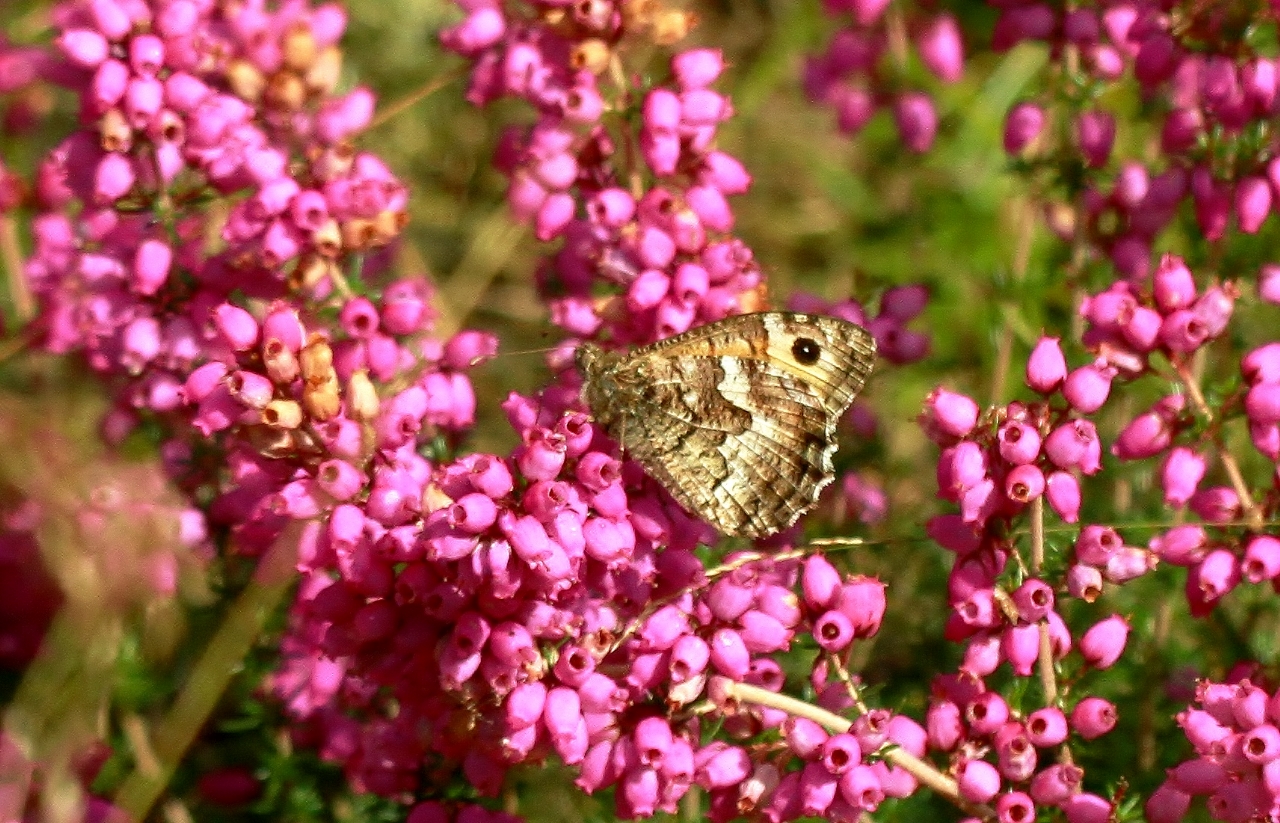

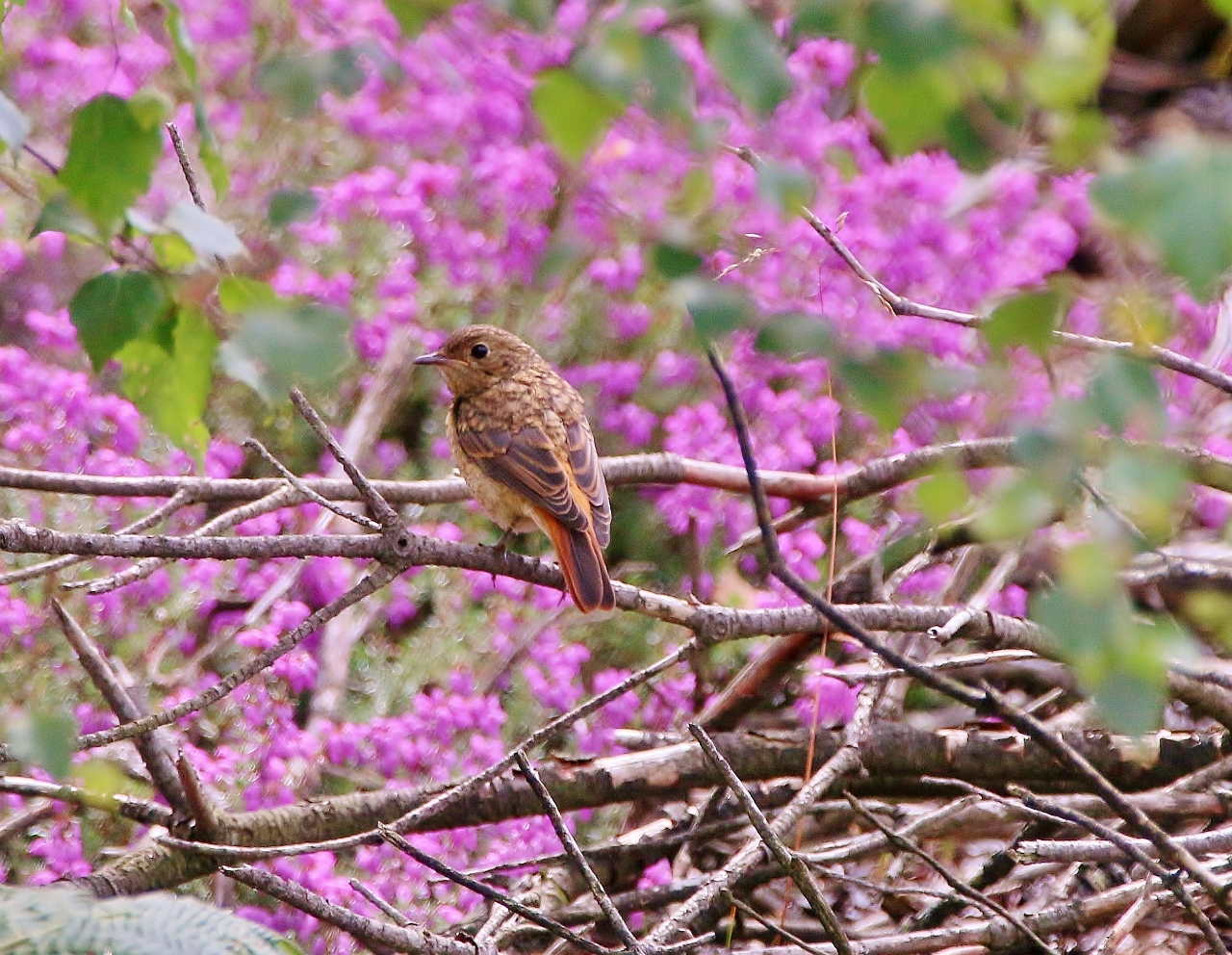
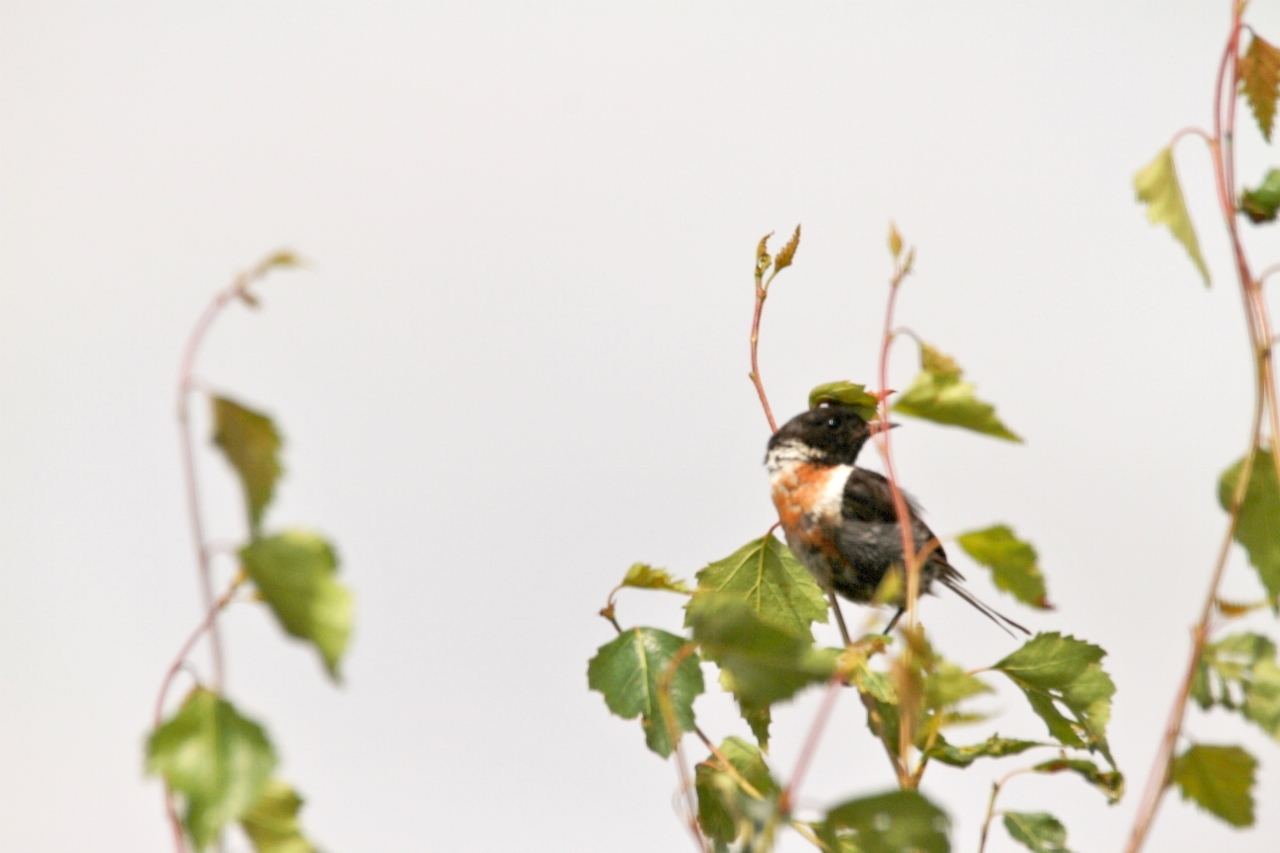
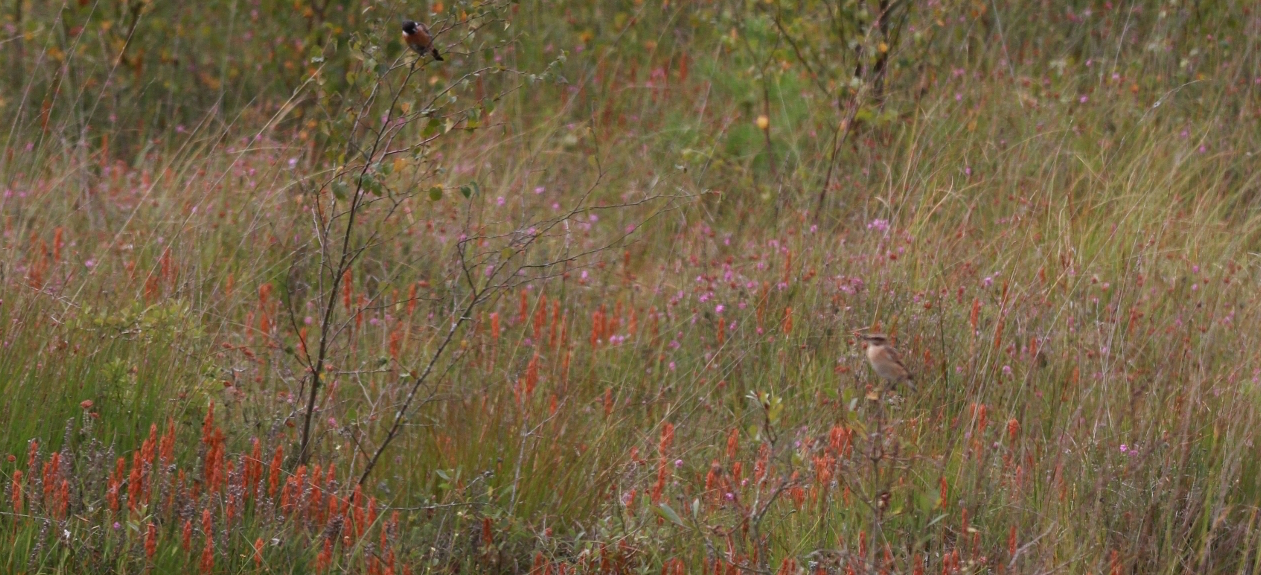

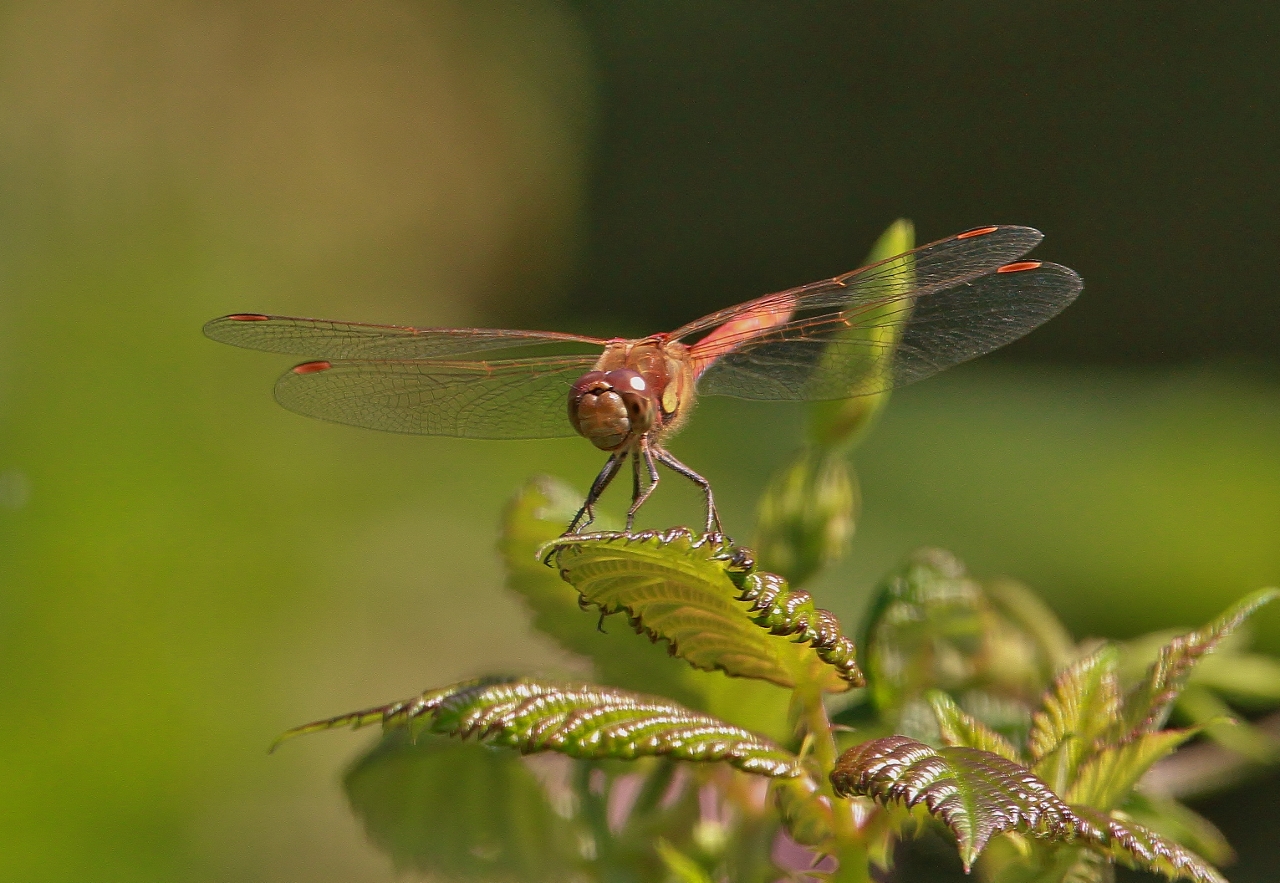
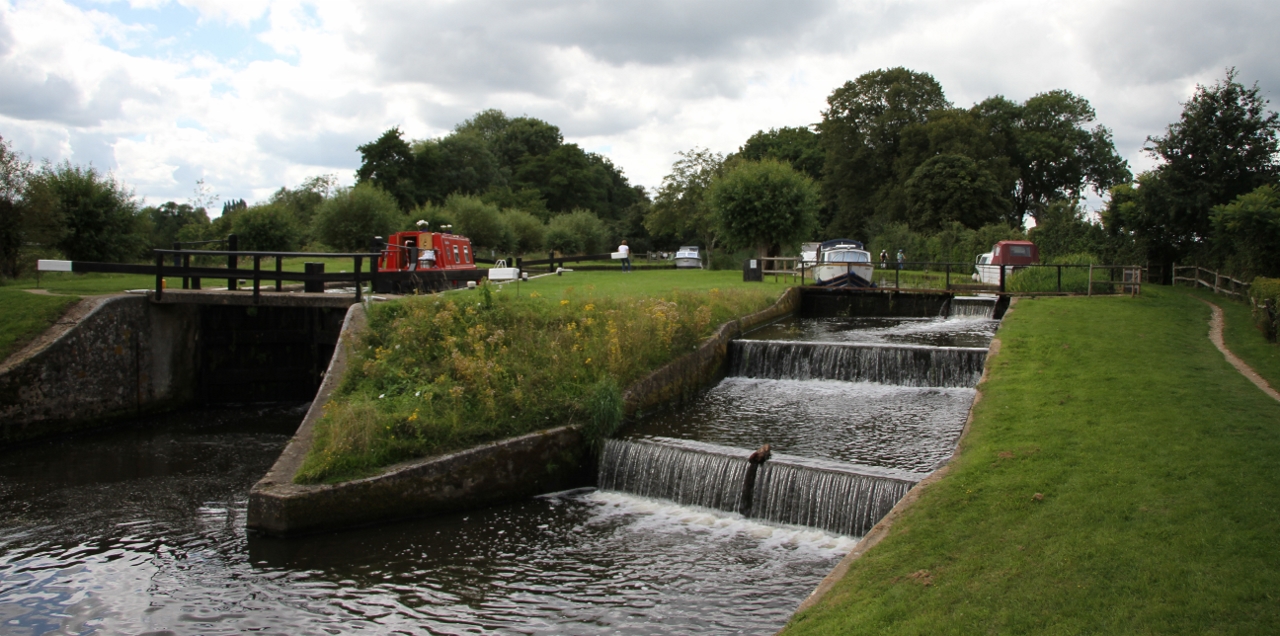
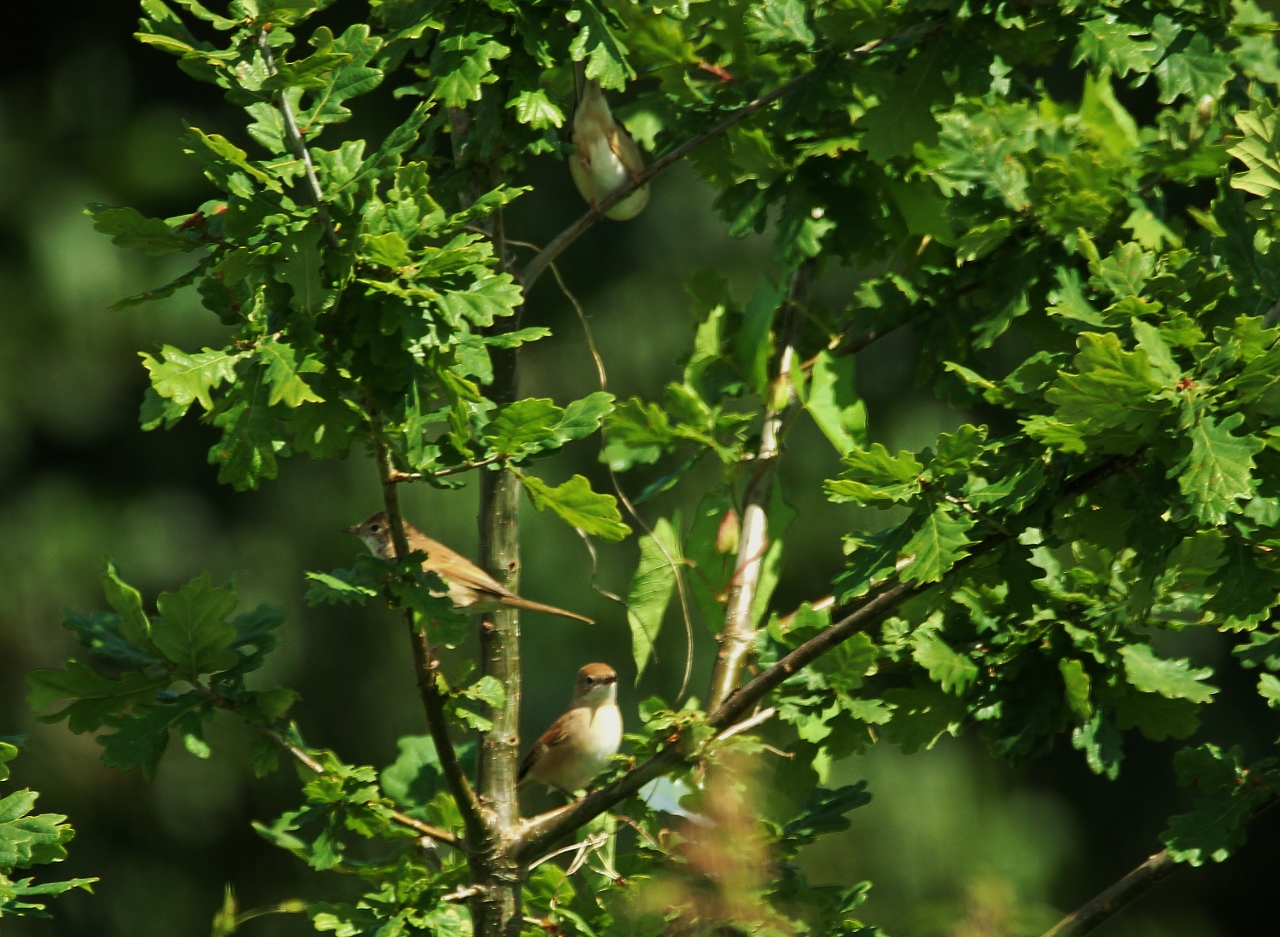
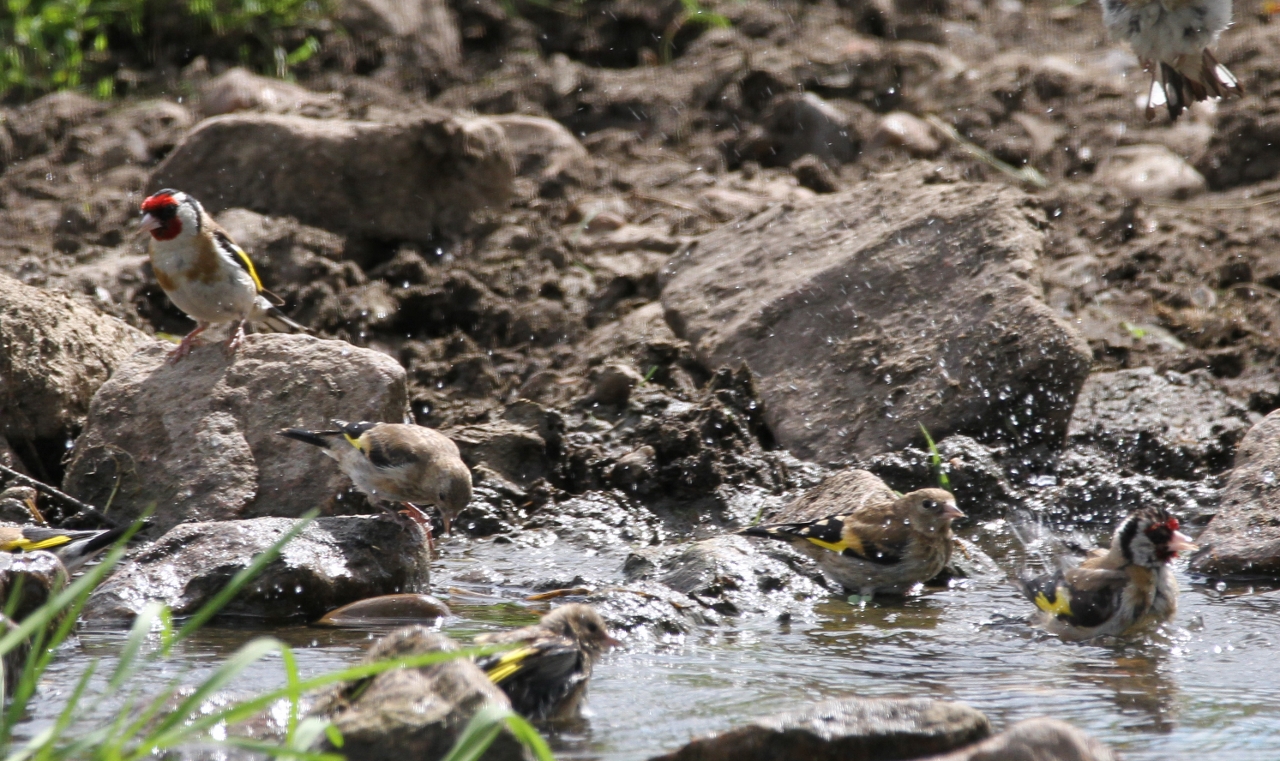
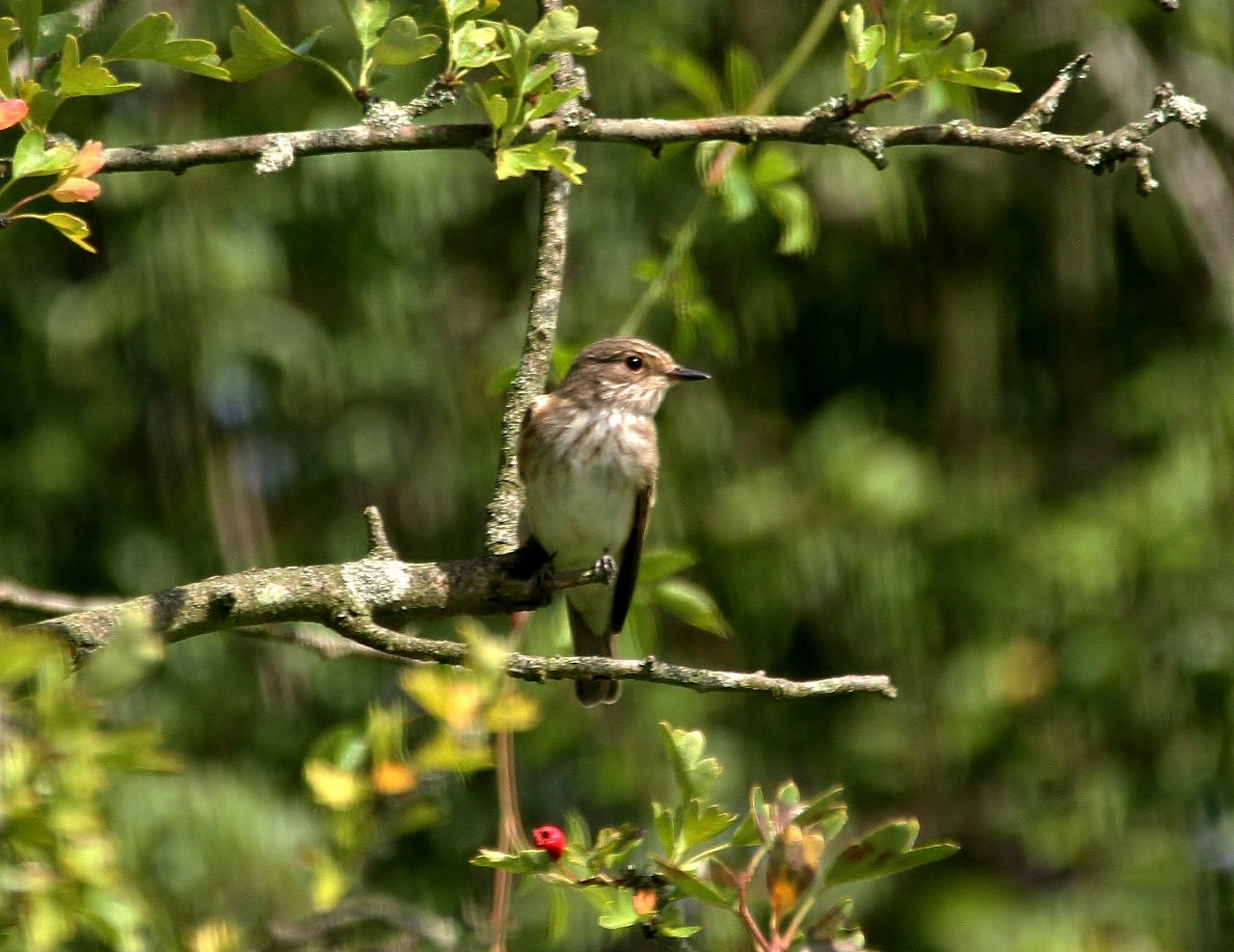
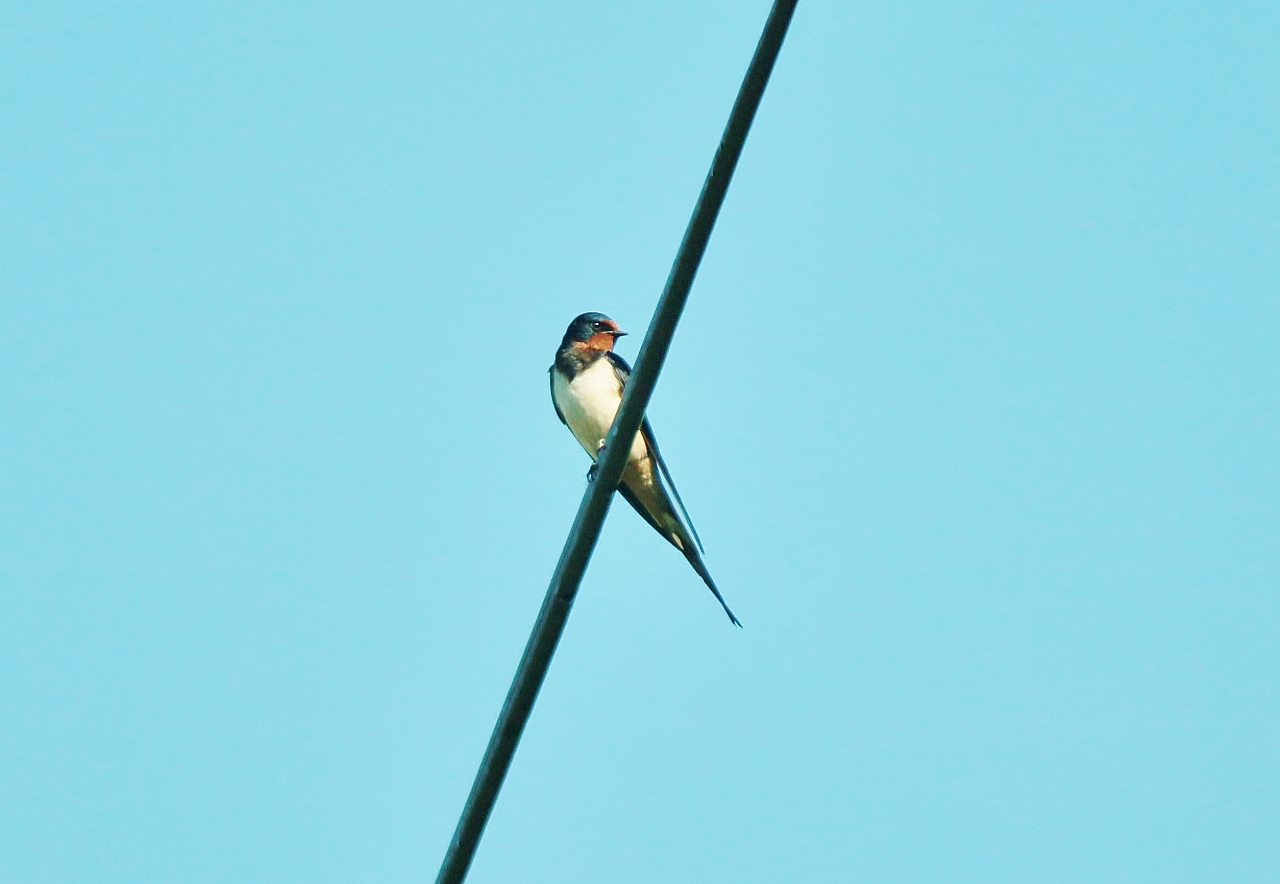



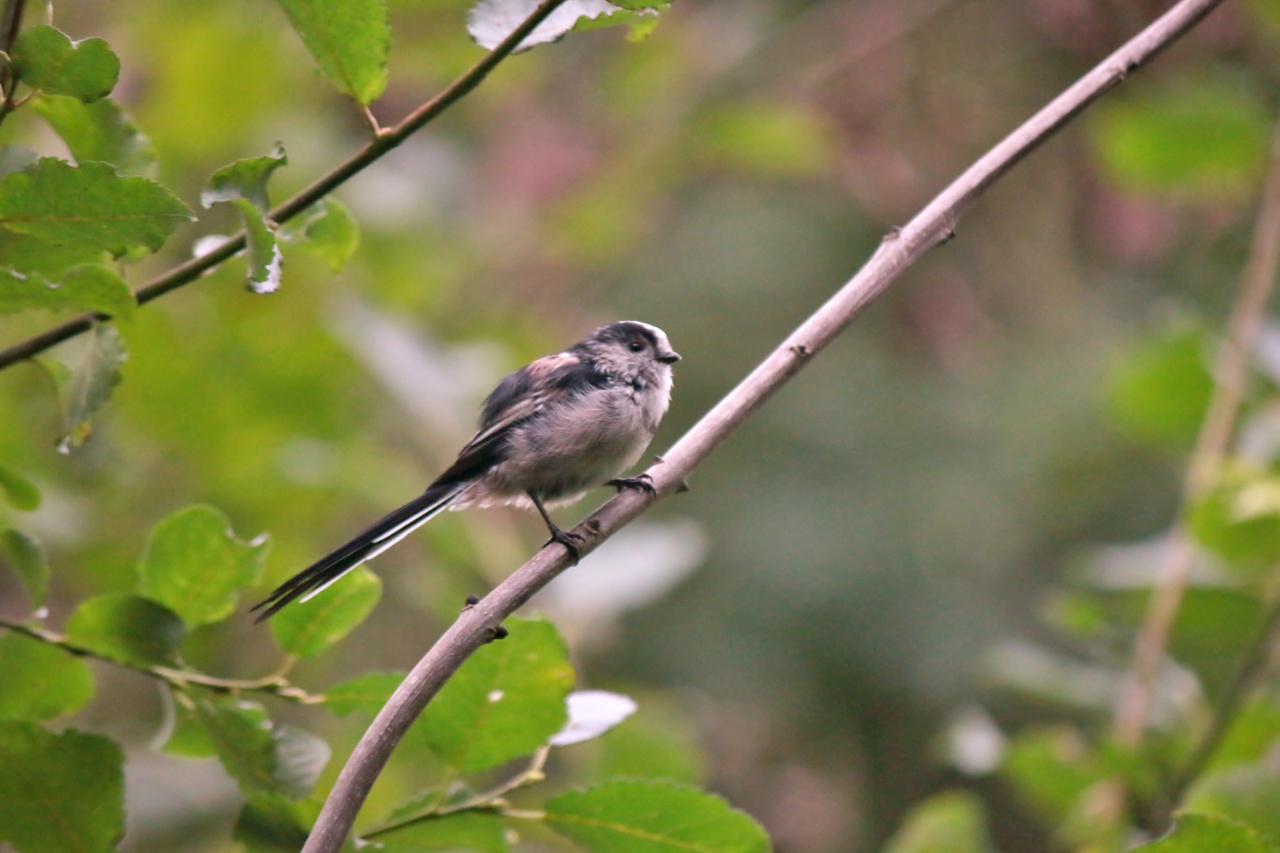
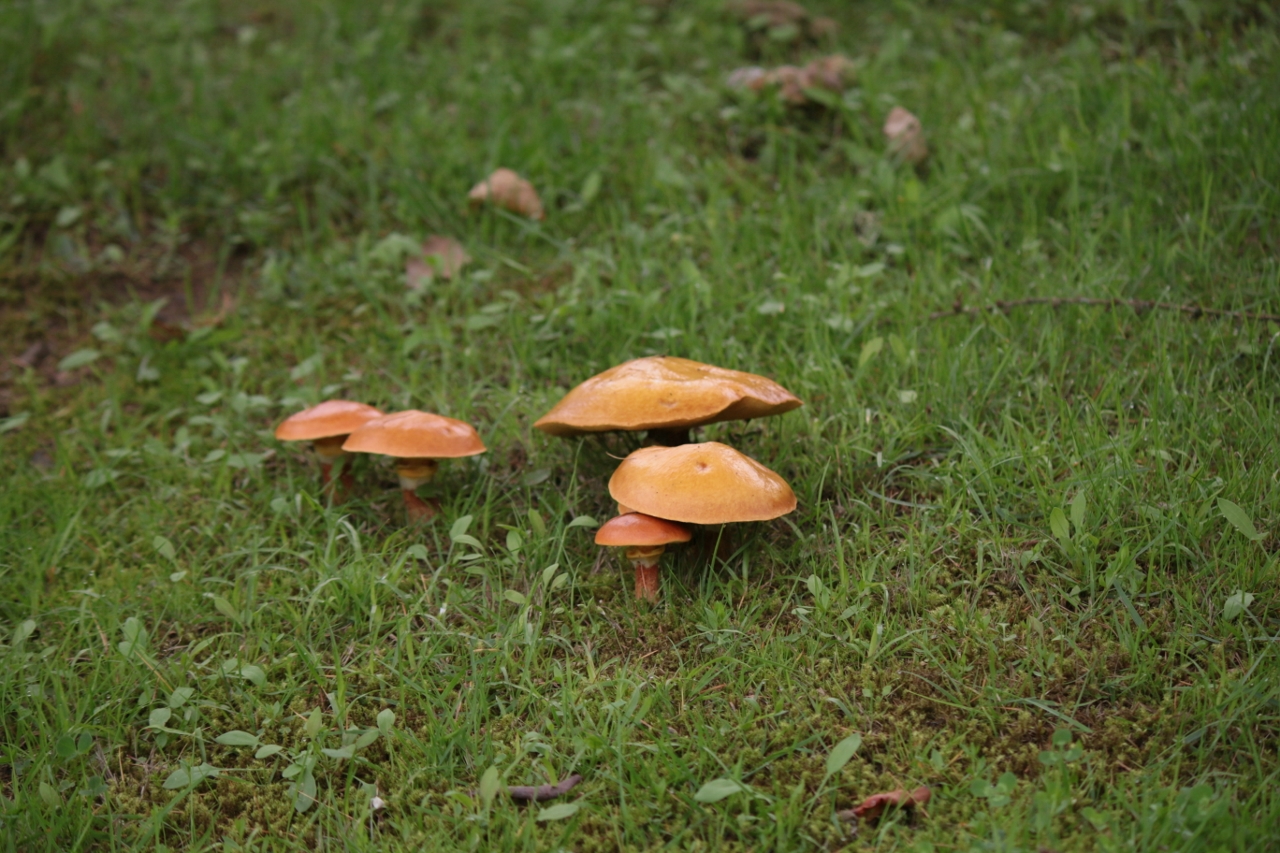
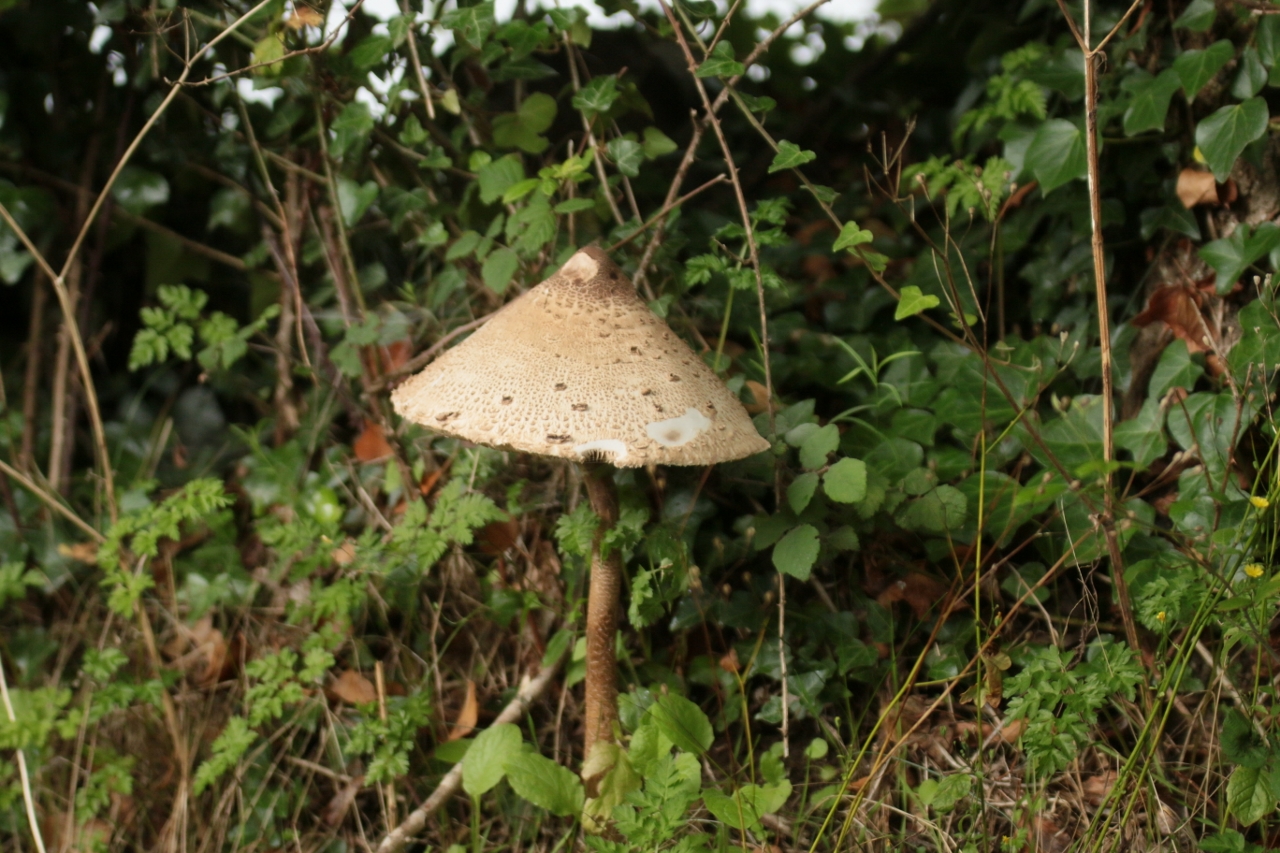

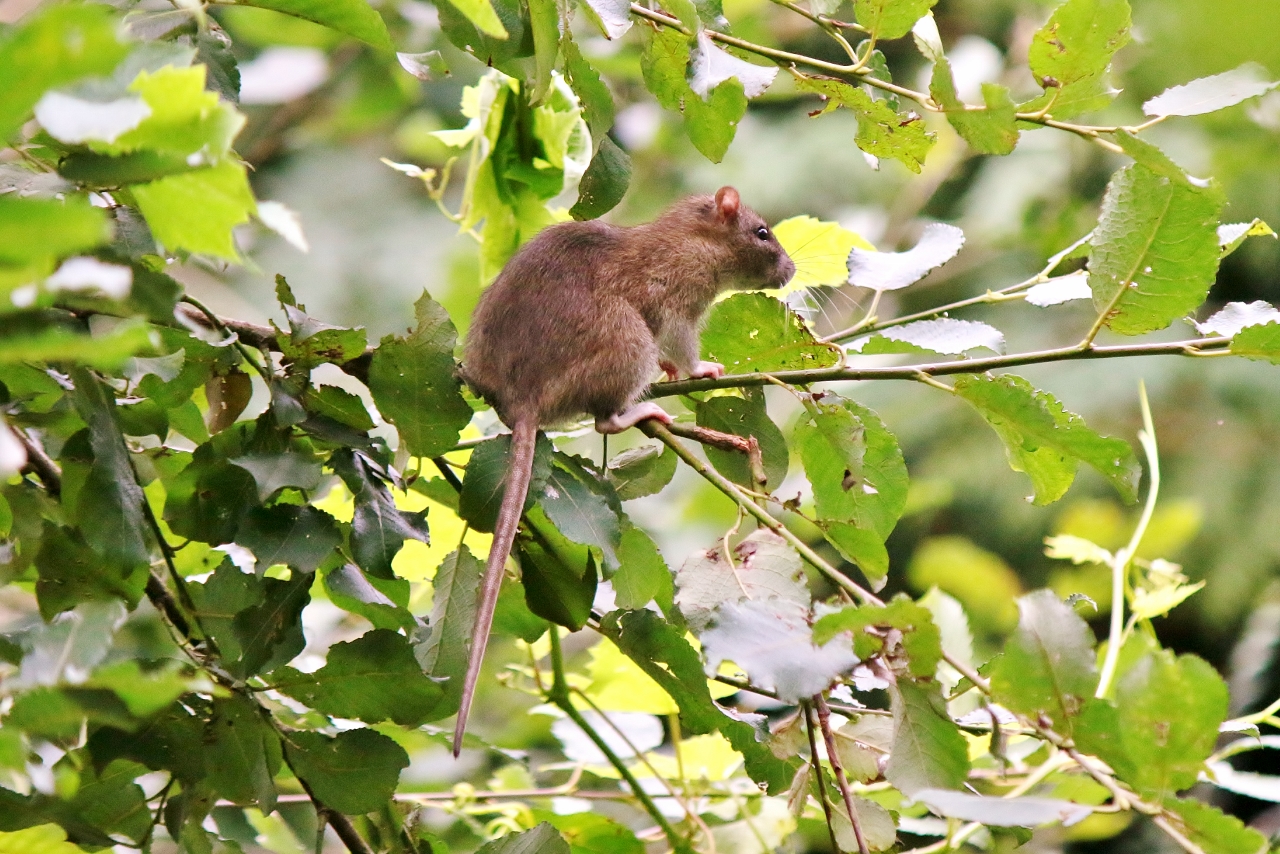



Recent Comments